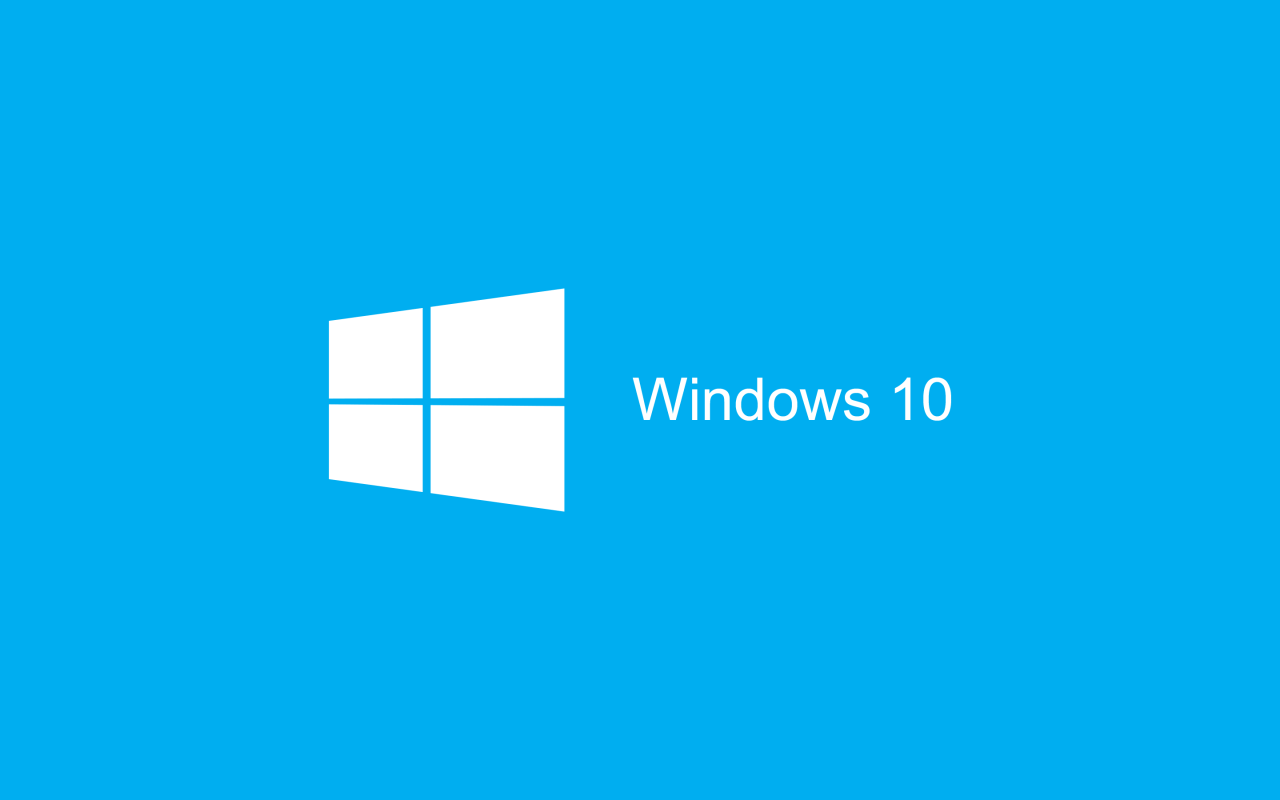Windows Blog
Windows 10 Privacy Settings: A Comprehensive Guide
In today’s digital age, privacy is a growing concern. With Windows 10, Microsoft has made significant strides in providing users with better control over their privacy settings. However, navigating through the various options can be daunting. This comprehensive guide will walk you through the essential privacy settings in Windows 10, empowering you to protect your personal information and maintain control over your digital footprint.
1. Start with the Basics:
Begin by accessing the Privacy menu in the Windows 10 Settings. Here, you will find a range of privacy settings, including options for location, camera, microphone, and more. Review and adjust each setting according to your preferences. For example, you can choose to disable location services for more privacy or allow them for specific apps that require it.
2. Customize App Permissions:
Windows 10 gives you the ability to review and customize app permissions. From the Privacy menu, select “App permissions” to see a list of permissions that apps can request, such as accessing your contacts, calendar, or notifications. Take the time to review and control which apps have access to your data.
3. Manage Diagnostic Data:
Windows 10 collects diagnostic and usage data to improve its services. To manage this data collection, head to the Privacy menu and select “Diagnostics & feedback.” Here, you can customize the level of data shared with Microsoft. Choose between basic or full diagnostics, depending on your comfort level and privacy concerns.
4. Account Privacy:
Manage your online activity and privacy settings related to your Microsoft account. Visit the Privacy menu and click on “Account info” to access options such as syncing your settings across devices, managing your advertising ID, and controlling personalized experiences. Adjust these settings to align with your privacy preferences.
5. Microsoft Edge Privacy:
If you use Microsoft Edge as your web browser, take advantage of its privacy features. From within the browser, click on the three-dot menu, then select “Settings” and “Privacy, search, and services.” Here, you can customize various privacy settings, including managing cookies, tracking prevention, and clearing browsing data.
Conclusion:
Windows 10 offers a comprehensive set of privacy settings, allowing users to take control of their digital privacy. By familiarizing yourself with these settings and customizing them to suit your preferences, you can ensure that your personal information remains secure and protected. Take the time to navigate through the Privacy menu, manage app permissions, and control data collection to create a more privacy-conscious Windows 10 experience.
Remember, privacy is an ongoing process, and with regular updates to the operating system, it’s crucial to stay informed and revisit these settings periodically to maintain your desired level of privacy and security. With Windows 10, you have the tools to safeguard your privacy and enjoy a more secure digital environment.
Make a smart and economical device upgrade! Buy Windows 10 Pro CD Key from our website and save money.

